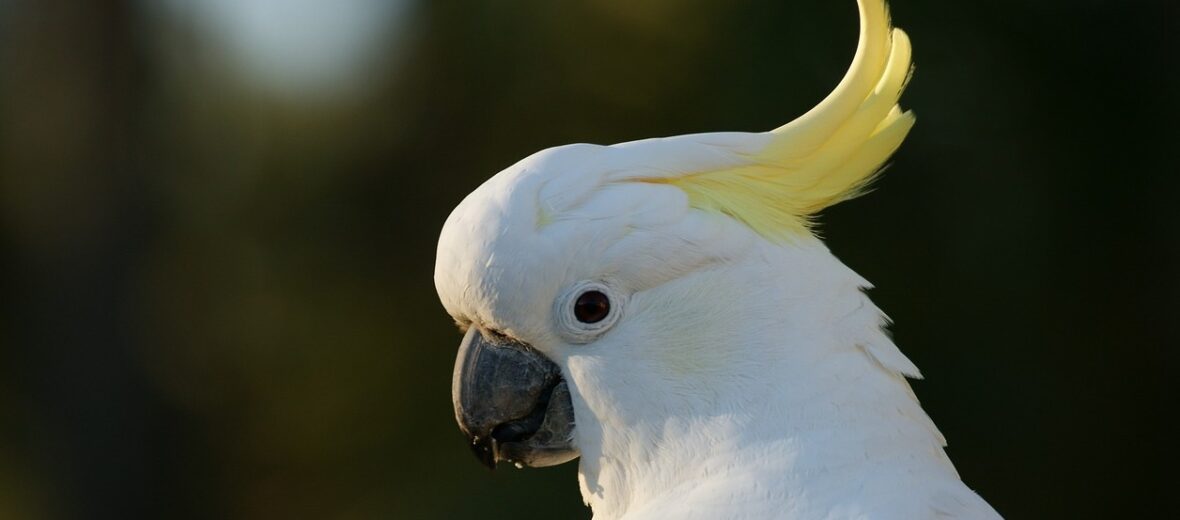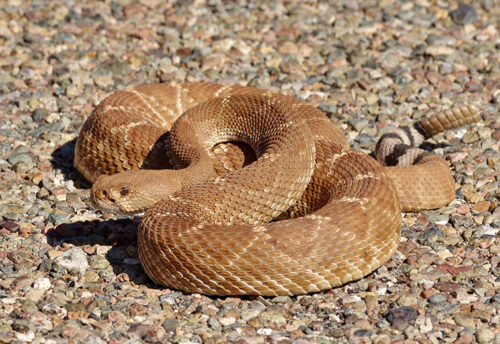
With 21 known species of cockatoo in the world, these noisy critters have easily become a popular pet for bird lovers. They range in size and coloration. But one thing they all have in common is that they have amazing crests and a need for attention. With the proper care and lots of love and patience, cockatoos make great pets. However, it’s the pet trade that has also caused a big strain on their overall populations. So be careful where you go to buy your bird and only buy a bird after lots of research and an understanding of the commitment involved with keeping one. And only buy captive bred specimens.
First the Stats…
Scientific name: Cacatuidae
Weight: Up to 1.7 lbs.
Height: Up to 18 inches
Wingspan: Up to 22 inches
Lifespan: Up to 60 years
Now on to the Facts!
1.) Some people in Australia believe that the red-tailed, black cockatoo (Calyptorhynchus banksii) brings rain.
2.) They are mainly white, grey, or black and often have colorful crests, cheeks, or tails.
3.) These birds are native to Australia, New Guinea, Indonesia, the Philippines, and the Solomon Islands.
4.) Cockatoos, depending on the species, will eat an assortment of fruits, seeds, berries, blossoms, nuts, roots, and vegetation like leaf buds. Some cockatoos will even feast upon insects and their larva! They are known to raid crops, destroy mature crops, sprouts, and even bagged grains.
5.) When not in captivity, they live in rain & pine forests, eucalyptus groves, scrublands, and even savannahs.
But wait, there’s more on the cockatoo!
6.) These beautiful birds keep their bills sharp by grinding their two mandibles together as they rest.
7.) The cockatoo is a diurnal (active during the day) bird.
Did you know…?
The oldest cockatoo ever recorded was a Major Mitchell’s cockatoo named “Cookie”, who lived to be 83 years old (1933 – 2016)!
8.) As parrots are, cockatoos are zygodactyl (have 2 sets of toes. 2 toes pointing forward and 2 pointing backward).
9.) These critters can fly up to 43 mph!
10.) Cockatoos are monogamous (mate for life). They have been known to become very depressed when their partner dies.
11.) During mating, the male will spread open his wings, spread his tail, ruffle his feathers, and raise his beautiful crest, all while bobbing, bouncing, and dancing (like a crazy fool in love) in front of the female. If she accepts the his advances, the pair will then begin preening each other.
12.) The female lays between 1 – 6 eggs, and both parents take turns incubating them.
13.) The name cockatoo is derived from the Malay name, “kakak tua” – meaning “older sibling” or from the call the white cockatoo makes.
14.) Unlike the amazing speaking ability of the African Grey parrot, most cockatoos will only learn to speak around 20 – 30 words. But they do so pretty well.
Now a Short Cockatoo Video!
Also, check out the Critter Science YouTube channel. Videos added frequently!
Want to suggest a critter for me to write about? Let me know here.



